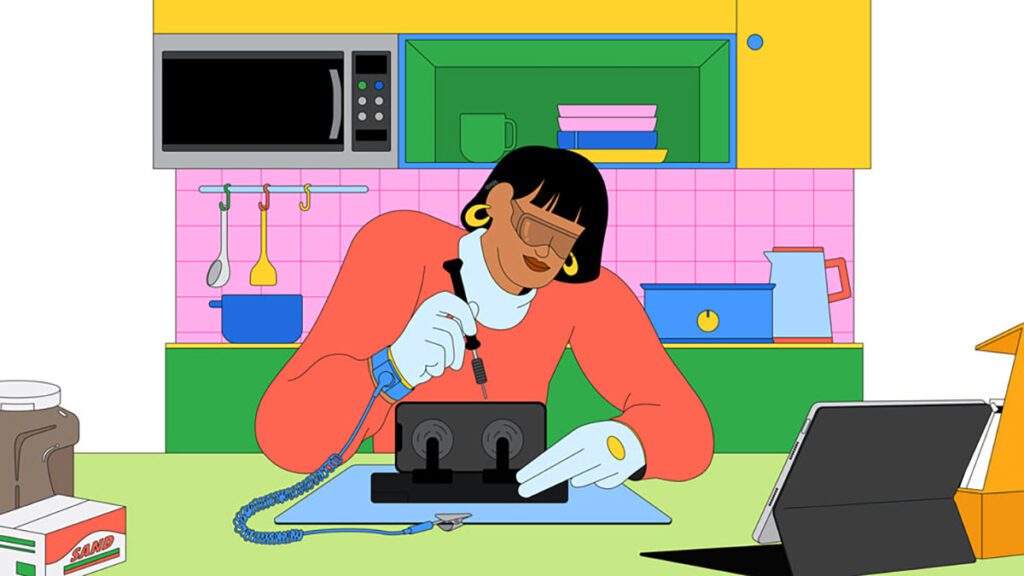Apple finally allows customers to repair their own iPhones

A surprised announcement was made by Apple on Wednesday, to begin accommodating DIY repairs by selling customers the parts and tools they need to repair their iPhones and Macs at home.
In the announcement, Apple said that the new program, Self Service Repair, will launch with the parts for the iPhone 12 and iPhone 13 lineups, with Mac computers featuring M1 chips following shortly thereafter.
The program is expected to roll out in the U.S. early next year, with a planned expansion to additional countries throughout 2022.
However, one disadvantage is that the program is only meant for “individual technicians with the knowledge and experience to repair electronic devices,” according to Apple. The company advises most customers to continue to seek out professional repairs, allowing the option for DIY fixes is a marked departure from the company’s longtime opposition to the right-to-repair movement.
“Creating greater access to Apple genuine parts gives our customers even more choice if a repair is needed,” said Jeff Williams, Apple’s chief operating officer.
“In the past three years, Apple has nearly doubled the number of service locations with access to Apple genuine parts, tools, and training, and now we’re providing an option for those who wish to complete their own repairs,” he noted.
In addition, Apple develops lasting products intended to sustain the troubles of everyday use. When an Apple product requires repair, it can be serviced by trained technicians using Apple genuine parts at thousands of locations, including Apple (in-store or by mail), AASPs, Independent Repair Providers, and now product owners who can perform repairs themselves.
Also, the company has programs in place to sell its proprietary parts to third-party repair vendors, and the decision to extend that access to “more than 200 individual parts and tools” makes it the while matter the more likely customers will buy full-priced parts from Apple.
“At the moment, Apple’s repair software doesn’t allow an IRP member to replace a broken part with one taken from another Apple device; it requires scanning both the serial of an Apple-purchased replacement and the phone itself, according to two IRP members we spoke with,” the site notes. “That’s a major limitation for refurbishes and fixers who are accustomed to harvesting parts.”
Although no prices have been announced yet for the newly available parts, Apple notes in its blog post that customers who return used parts for recycling “will receive credit toward their purchase.”
